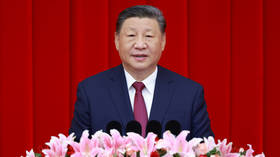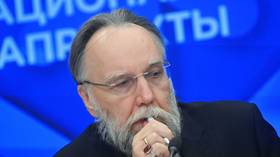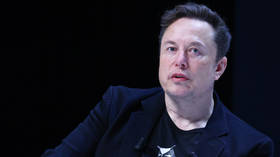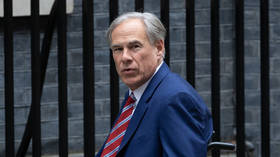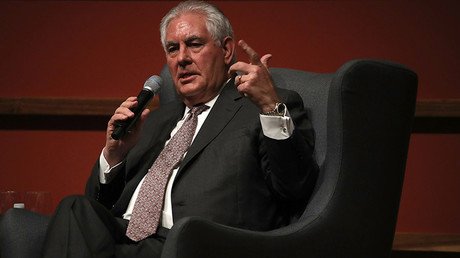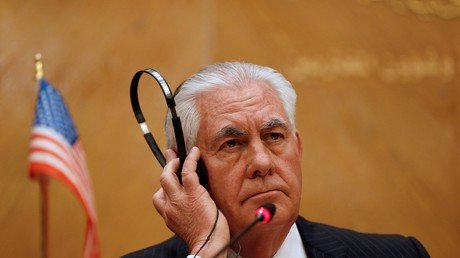Different mindset with Tillerson, good chemistry with Pompeo - Trump
US President Donald Trump has said he had “chemistry" with the CIA Director Mike Pompeo, but didn’t see eye to eye with Rex Tillerson. Pompeo has replaced Tillerson as Secretary of State.
“I worked with Mike Pompeo for quite some time,” Trump told journalists following his decision. He added that he was “always on the same wavelength” with the former CIA director, and praised his “tremendous energy” and “tremendous intellect.”
Trump announced earlier on Tuesday that he had fired Tillerson and replaced him with Pompeo. The deputy director of the CIA, Gina Haspel was appointed to succeed Pompeo as the head of the US intelligence service.
Different mindset with Tillerson, good chemistry with Pompeo - Trump https://t.co/zlLc29WbHYpic.twitter.com/cj8DPBfiI8
— RT (@RT_com) March 13, 2018
“As far as Rex Tillerson is concerned, I very much appreciate his commitment and his service,” the president said, calling the former top diplomat “a good man.” Trump also said he “got along” with Tillerson “quite well,” while admitting that the two “disagreed on things.”
He specifically mentioned the Iran nuclear deal as one major point of disagreement. "We were not really thinking the same," Trump said, referring to Tillerson’s attitude towards the deal. At the same time, the president said that he and Pompeo “have a similar thought process.”
“I wanted either to break it or do something [with it],” Trump said of the Iran deal, adding that Tillerson “felt a little bit differently” about it.
The former top US diplomat did appear to have had a more moderate attitude towards the accord. He repeatedly spoke of “fixing” the deal rather than scrapping it.
In early January, it was reported that he was working with congressional leaders “on a very active basis” to draw up legislation that would “fix” the Iran deal. “The president said he is either going to fix it or cancel it,” Tillerson told AP at the time, adding that “We are in the process of trying to deliver on the promise he made to fix it.”
Later the same month, Tillerson said “some areas” of the deal should be “addressed” after he met with British Foreign Secretary Boris Johnson. He also said the US would send a diplomatic team to Europe to explore ways to “address the flaws” in the nuclear agreement.
However, Trump pursued a hardline approach to the agreement, which he called “the worst deal ever.” He also repeatedly threatened to pull out of the accord.
The Iranian nuclear deal was negotiated in the summer of 2015 by former US President Barack Obama's administration and the five other powers: Russia, France, Germany, China, and the United Kingdom – as well as Iran. Under the terms of the deal, sanctions against Iran would be lifted if Tehran agreed to reduce the number of its uranium enrichment centrifuges by two-thirds, cap its enrichment below the level needed for weapons-grade material and allow international inspections.
Despite the fact that Tehran’s compliance was repeatedly confirmed by the International Atomic Energy Agency (IAEA), Trump repeatedly called the agreement the “worst deal ever negotiated,” and pledged to “dismantle” it. In October 2017, Trump refused to re-certify the deal and deferred the matter to the US Congress, so it could amend the agreement and “strengthen" its enforcement.



